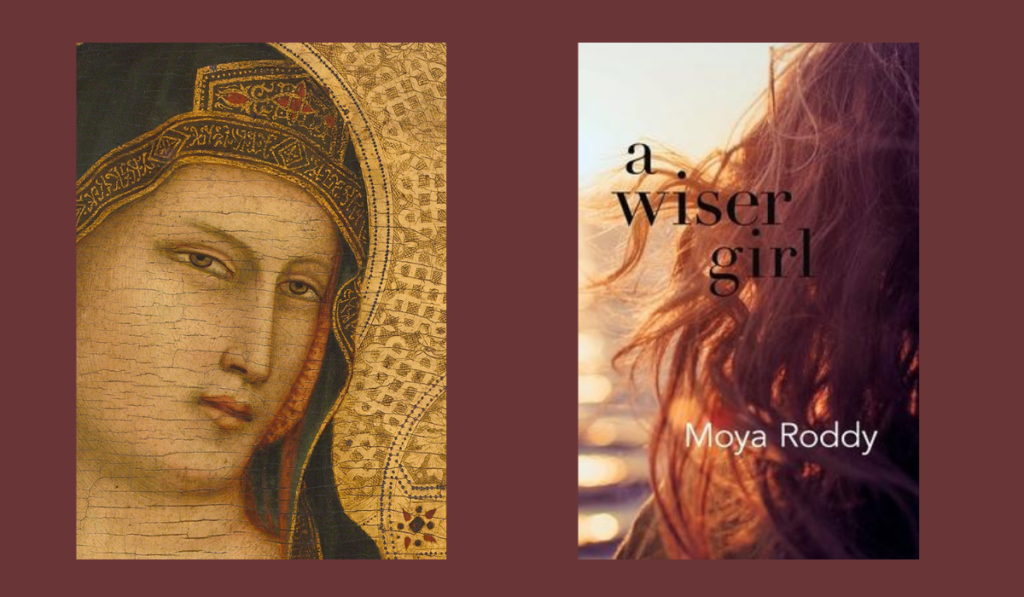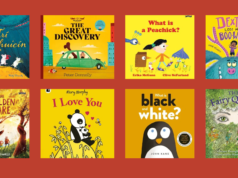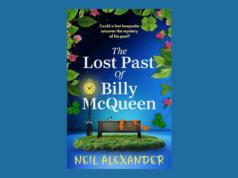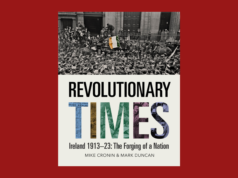
by Moya Roddy
A Wiser Girl (WordsontheStreet) tells the story of Jo Nowd, escaping to Italy with a suitcase full of paints, a broken heart and a passionate love for the medieval art of Sienna. Working-class, feisty, sometimes inarticulate, she dreams of becoming an artist and woman of the world. While written in a deceptively simple style A Wiser Girl isn’t just a page-turner.
Although A Wiser Girl is written as a standalone novel, Jo was the central character in my debut novel The Long Way Home. Several reviewers said they’d love to meet her again, so as I had lived in Italy for a couple of years and fallen in love with everything – people, language, sun, food, art – I thought it would make a perfect setting for Jo’s evolving story.
In the previous book, Jo is devastated when Eamonn, the man she thinks of as her soul-mate, ends their affair. In A Wiser Girl she vows in future she’ll love the way men seem to love: with their bodies and not their souls.
I have her decide to embark on a relationship without being “in love” to see what would happen. Placing her at the cusp of the second wave of feminism allowed me to write about a young woman who imagines herself “liberated”, who’s convinced she can make things happen by sheer force of will. I was also keen to counterbalance what seems a curious absence of feminist influence especially around sexual politics in novels about women, as if the insights of the Women’s Movement have been forgotten or discarded.
Throughout the novel, Jo is forced to confront the way gender, class, even unconscious beliefs imprison her (and us), throwing up impediments that aren’t easily overcome.
One such impediment is her background. Growing up, I’d experienced first-hand how lives are not always determined by a person’s talents but often by where they’re born, how well-off they are, their connections. I was also conscious that the kind of person I was didn’t feature in the books I read; working-class people were usually portrayed as one homogenous lump. I wanted Jo to challenge these ideas.
Jo’s passionate feelings for the exquisite, aristocratic art of Sienna may, at first, seem at odds with her background. In the novel it represents her search for something deeper, and was inspired by my own reaction to art.
While writing, I discovered that Siennese art was regarded as a last flowering of a dying tradition. Artists there had clung to the older, rigid Byzantine style whereas in Florence the painter Giotto broke with it. His humane, earth-bound paintings of ordinary men and women were to change the course of Western art—a fact Jo has great trouble coming to grips with. For me it was a boon, as I was able to use the tension between these two styles and what they stood for – change, expansion, letting go of tradition – as a catalyst to catapult Jo into a deeper understanding not only of art but of herself.
At heart, I was inspired to write A Wiser Girl to explore a young woman’s struggle to become whole; to arrive at a greater understanding of the world and bring together contradictory aspects of herself—something we all need to do, whatever age we are.
The biggest challenges were finding a voice and vocabulary that expressed both awareness and ignorance, along with an accessible way of writing about serious matters, always my deepest intention.
A Wiser Girl is available from the publisher here.











